The Ultimate Guide to Top Rated Golf Cart Batteries
Choosing the right battery for your golf cart can significantly impact its performance and longevity. With so many types and brands available, it can be overwhelming to decide which one is the best fit.
Flooded lead-acid batteries, AGM deep cycle batteries, and lithium-ion batteries each offer unique benefits and drawbacks.
For instance, flooded lead-acid batteries are cost-effective but require regular maintenance. Meanwhile, lithium-ion batteries are more efficient and have longer lifespans but come at a higher price.
Whether you prioritize budget, maintenance ease, or performance, understanding the key features of these top-rated batteries can help you make an informed decision. This guide will cover the best options on the market to keep your golf cart running smoothly.
Types of Golf Cart Batteries
When choosing golf cart batteries, it's key to know the differences between lead-acid and lithium-ion batteries. Each type has its advantages in terms of performance, cost, and maintenance.
Lead-acid batteries (Flooded, AGM, Gel)
Lead-acid batteries are common and come in three main varieties: Flooded, AGM, and Gel.
Flooded Lead-Acid Batteries: These are traditional and cost-effective. They require regular maintenance, such as adding water and cleaning terminals. They're heavy but provide good power and are widely used.
AGM (Absorbent Glass Mat): AGM batteries are a step up. They're sealed and maintenance-free, which means no need to add water. They handle higher temperatures better and have a slower discharge rate, offering improved performance over flooded types.
Gel Batteries: These use a gel electrolyte. They’re sealed and maintenance-free like AGM types but with a slower recharge time. They are also reliable and have a longer cycle life but come at a higher price point compared to other lead-acid batteries.
Lithium-ion batteries
Lithium-ion batteries are increasingly popular due to their high efficiency, lightweight, and long life.
Performance: Lithium golf cart batteries offer excellent power and range. They have a higher discharge rate, which means your cart can accelerate quickly and reach optimal performance easily.
Efficiency: These batteries are highly efficient and suffer less energy loss. They are also compact and lightweight, which improves the speed and handling of your golf cart.
Cost: Although the initial cost is higher, their long lifespan and low maintenance needs can make them more cost-effective in the long run. They don't require regular maintenance and last longer between charges.
Key Factors in Rating Golf Cart Batteries
When choosing the best golf cart battery, it's essential to consider several key factors. These include voltage, capacity, lifespan, charging efficiency, maintenance needs, and performance in different weather conditions.
Voltage and Capacity
Voltage and capacity are crucial. Golf cart batteries come in various voltages like 6V, 8V, and 12V.
The Trojan T-105 and Trojan T-125 are solid 6V choices with deep cycle capabilities. High capacity, measured in amperage hours (Ah), like the T-125’s 240Ah, provides longer run times.
I find that matching the voltage and capacity to the cart's requirements ensures efficient power delivery and performance.
Lifespan and Cycle Life
The lifespan and cycle life of a battery determines how long it will last.
A deep-cycle battery like the Trojan T-105 is known for its long service life. Cycle life refers to the number of complete charge and discharge cycles a battery can handle.
A strong warranty from the manufacturer is often a good indicator of longevity.
Charging Time and Efficiency
Charging time and efficiency are also vital.
A smart charger can optimize the charging process, prolonging battery life.
The Trojan T-105 charges quickly and holds a full charge for extended periods. I appreciate batteries that charge efficiently without overheating, which is essential for maintaining battery health. Look for ones that can achieve a full charge quickly to minimize downtime.
Maintenance Requirements
Maintenance requirements vary among battery types.
Sealed batteries, like AGM and LiFePO4 cells, are maintenance-free, while traditional lead-acid batteries need regular maintenance.
For example, the Lifeline Marine AGM Battery GPL-4CT is known for having no maintenance. Choosing a maintenance-free battery reduces the need for frequent cleaning and checking fluid levels, making it convenient and clean for users like me.
Performance in Various Weather Conditions
Performance in different weather conditions is a big deal.
Batteries must handle extreme temperatures without significant performance loss.
Lead-acid batteries tend to perform poorly in cold weather, I prefer batteries that can withstand both hot and cold conditions without impacting their run time and overall performance. This reliability is crucial for consistent golfing experiences.
Top 5 Rated Golf Cart Batteries
When it comes to choosing the best golf cart batteries, the following options are top-rated and offer excellent performance.
-
Trojan T-105 6V Batteries
- These batteries are renowned for their reliability and longevity. They charge quickly and can last for several days before needing a recharge.
-
US2200 XC2 6-Volt Batteries
- These 6-volt batteries are highly efficient and provide a good balance between power and endurance. They are designed specifically for golf carts and other utility vehicles.
-
Universal Power Group UBGC8 8 Volt 200 AH Battery
- This 8-volt battery stands out due to its high amperage capacity, making it a great choice for those looking for sustained power. It is particularly good for long sessions on the course.
-
Lynx Lithium Iron Phosphate LiFePO4 12V Battery
- This is the best lithium-ion option, offering great power and a long lifespan. It is lightweight and charges faster than lead-acid batteries.
-
Enduro Power LiFePO4 Lithium Battery
- Known for its reliability and efficiency, this lithium battery is a top pick because of its low self-discharge rate. It ensures that the battery remains charged even when not in use.
If you need a reliable adapter, the 10L0L is a good choice, as it adapts to almost all chargers and can be used with a wide range of chargers.
Comparison of Top-Rated Batteries
In this section, I will compare some of the best golf cart batteries available. These comparisons focus on key features such as voltage, capacity, and battery type to help you make an informed decision.
Quick comparison table of key features
Battery Model Voltage Capacity Type Key Features
| Battery Model | Voltage | Capacity | Type | Key Features |
|---|---|---|---|---|
| Trojan T-105 | 6V | 225 AH | Deep Cycle Lead Acid | Long-lasting, reliable, quick charging |
| US2200 XC2 | 6V | 230 AH | Flooded Lead Acid | Higher capacity, durable, cost-effective |
| Universal Power Group UBGC8 | 8V | 200 AH | AGM | Maintenance-free, spill-proof |
| Amstron GC2 | 6V | Not Listed | AGM | Deep cycle, high performance |
| VATRER POWER 48V | 48V | 105 AH | Lithium Iron Phosphate | High output, long cycle life, built-in BMS protection, lightweight |
| ExpertPower EXP33 | 12V | 33 AH | VRLA | Budget-friendly, general-purpose |
| Enduro Power Baja Series | 12V | Not Listed | Lithium-Ion | Lightweight, high efficiency, low maintenance |
Maintenance Tips for Longevity
Taking care of your golf cart batteries is crucial for extending their lifespan.
Regular maintenance, proper charging, and cleaning can help your batteries perform better and last longer.
Essential Care Tips for Different Battery Types
For lead-acid batteries, it's important to check the water levels regularly.
Every 15-30 days or after every 10 charging cycles, you should make sure the water covers the battery plates but does not reach the vent well.
Always use distilled water to avoid mineral buildup, which can harm the battery.
Keeping the terminals clean and free from corrosion is also vital.
Corrosion can hinder the battery's performance, so check for any signs of it and clean it off using a mixture of baking soda and water.
When it comes to lithium-ion batteries, the maintenance routine is a bit different.
Unlike lead-acid batteries, lithium-ion batteries don’t need water level checks. What they need is proper charging.
Use a 3-phase charger and make sure to charge the battery after every use.
Lithium-ion batteries also need to be kept dry; exposure to water or other liquids can damage them.



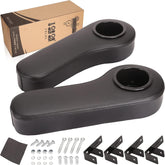
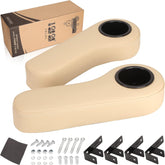
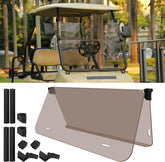
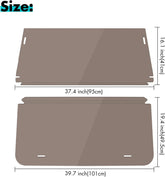

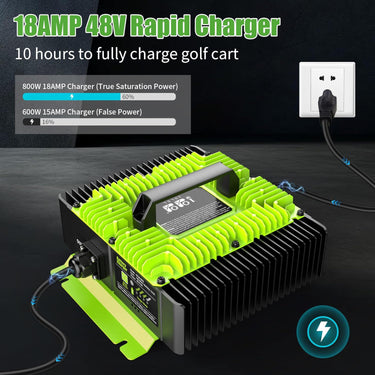
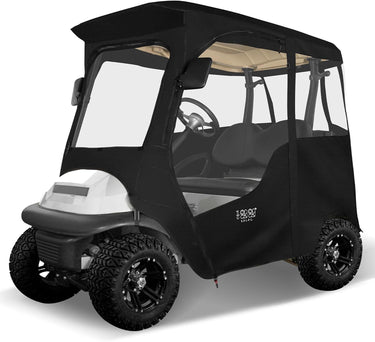
Leave a comment
Please note, comments need to be approved before they are published.